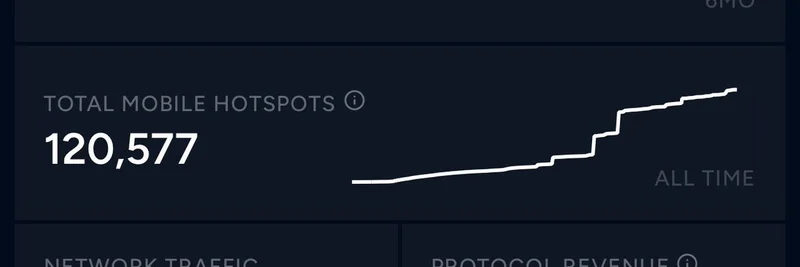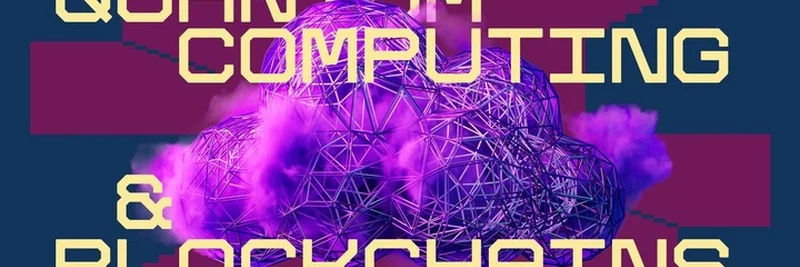In the fast-paced world of meme tokens, where hype can skyrocket prices overnight but dumps can erase gains just as quickly, effective token distribution is key to survival. A recent post on X from @S4mmyEth nailed this issue perfectly: despite a wealth of tools for getting tokens into the right hands, most Token Generation Events (TGEs) follow the same tired script—a quick airdrop followed by a massive sell-off. For those new to the term, a TGE is essentially the birth of a new token on the blockchain, where it's first minted and distributed to early supporters, investors, or users. The "post-airdrop dump" happens when recipients cash out immediately, flooding the market and tanking the token's value.
S4mmyEth's question—"What novel mechanics have you seen that align recipients + protocol long term?"—sparks a timely discussion, especially for meme token enthusiasts. At Meme Insider, we're all about decoding these trends to help you navigate the meme coin landscape. Let's dive into some fresh approaches that go beyond basic airdrops, drawing from real-world crypto practices to foster genuine, long-lasting engagement.
Vesting Schedules and Lockups: Slow and Steady Wins the Race
One of the most straightforward yet powerful ways to curb dumps is through vesting schedules. This means tokens aren't handed out all at once; instead, they're released gradually over time, often with "cliffs" (initial lockup periods) to ensure recipients stick around. For example, a meme token project might lock up 50% of airdropped tokens for six months, unlocking the rest in monthly installments. This aligns incentives because holders are more likely to contribute to the community—maybe by promoting the token or participating in governance—to see its value grow before they can fully sell.
Projects like those in DeFi have pioneered this, and meme tokens are catching on. Check out resources like the Token Distribution Guide 2025 for models showing how vesting reduces early sell-offs and stabilizes prices. In the meme space, tokens with viral appeal but added vesting have shown better retention, turning short-term flippers into long-term believers.
Staking and Liquidity Mining: Earn While You Hold
Why give tokens away for free when you can tie them to active participation? Staking rewards let users lock their tokens in a smart contract to earn more over time, often through yield farming or governance votes. Liquidity mining takes it further by rewarding those who provide liquidity to trading pools on exchanges like Uniswap. This not only prevents immediate dumps but also boosts the token's utility and market depth.
Imagine a dog-themed meme token where early airdrop recipients must stake their haul to unlock bonuses, like exclusive NFTs or governance rights. This mechanic has been highlighted in guides like Tokenomics Basics, where it's noted for aligning long-term interests. For meme projects, it transforms passive holders into active community members, reducing sell pressure and fostering organic growth.
Retroactive and Activity-Based Distributions: Reward Real Engagement
Traditional airdrops often go to bots or inactive wallets, leading to dumps. Enter retroactive distributions, where tokens are awarded based on past actions—like wallet activity, social engagement, or contributions to the protocol. This ensures tokens reach genuine stakeholders who've already shown commitment.
For instance, a meme token could scan blockchain data to airdrop bonuses to users who've held similar assets or participated in related communities. Pair this with ongoing activity-based rewards, such as points for memes created or shared, and you've got a system that encourages sustained involvement. Insights from Airdrop Strategies That Work emphasize how these methods build loyal communities, perfect for the whimsical yet competitive meme token world.
Token Buybacks and Burns: Supply Management for Stability
To counteract dumps, some protocols use buyback-and-burn mechanisms, where a portion of fees or revenues buys back tokens from the market and permanently removes them from circulation. This reduces supply, potentially increasing value for holders and signaling long-term confidence from the team.
In meme tokens, where narratives drive value, announcing regular buybacks tied to milestones (like hitting a certain market cap) can keep the hype alive without relying on endless airdrops. As discussed in The Ultimate Guide to Tokenomics Design in 2025, these tools help maintain scarcity and align everyone toward growth.
Governance Ties: Give Holders a Voice
Finally, linking token distribution to governance rights turns recipients into decision-makers. By requiring tokens to vote on proposals—like new features or partnerships—projects ensure holders have skin in the game beyond quick profits.
For meme tokens, this could mean community-voted themes or collaborations, making the project more resilient to dumps. Resources like Token Allocation Basics show how balanced distribution prevents power concentration and promotes longevity.
S4mmyEth's post is a call to innovate, and these mechanics offer a roadmap for meme token creators to break the dump cycle. By prioritizing long-term alignment, projects can build thriving ecosystems that outlast the initial buzz. What's your take—seen any standout examples in the wild? Share in the comments below, and stay tuned to Meme Insider for more insights on the evolving world of meme tokens.


